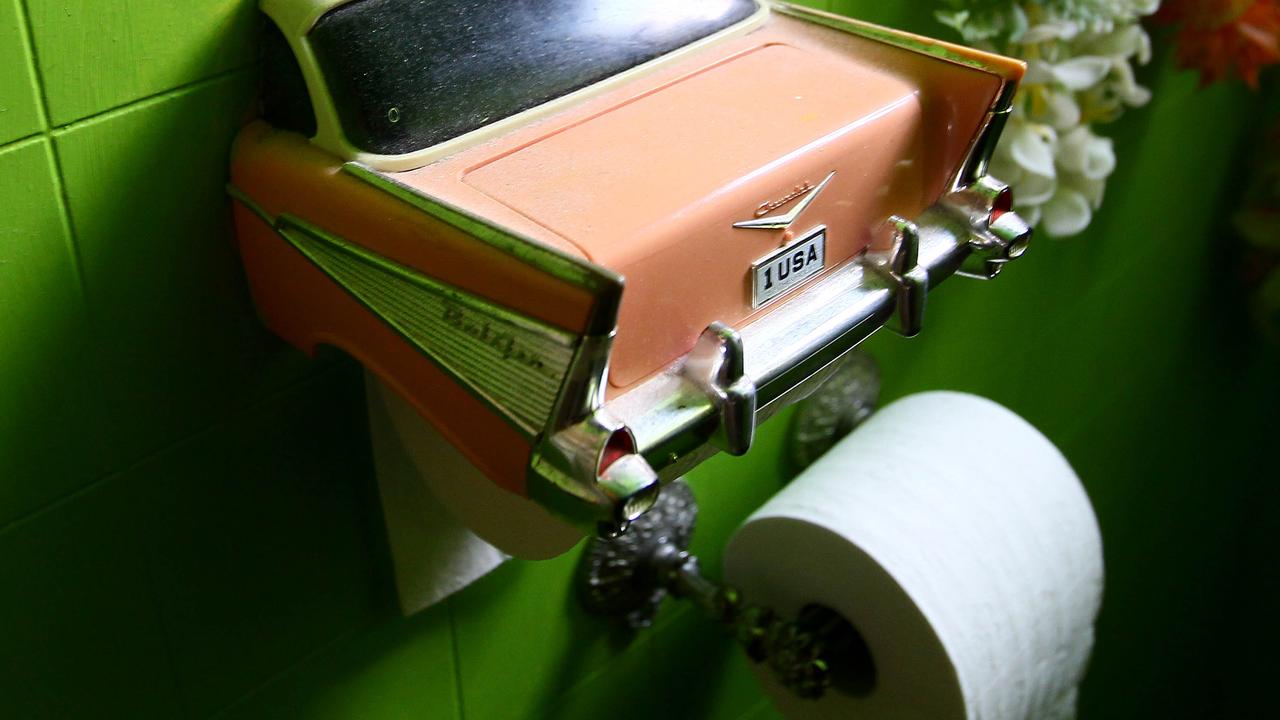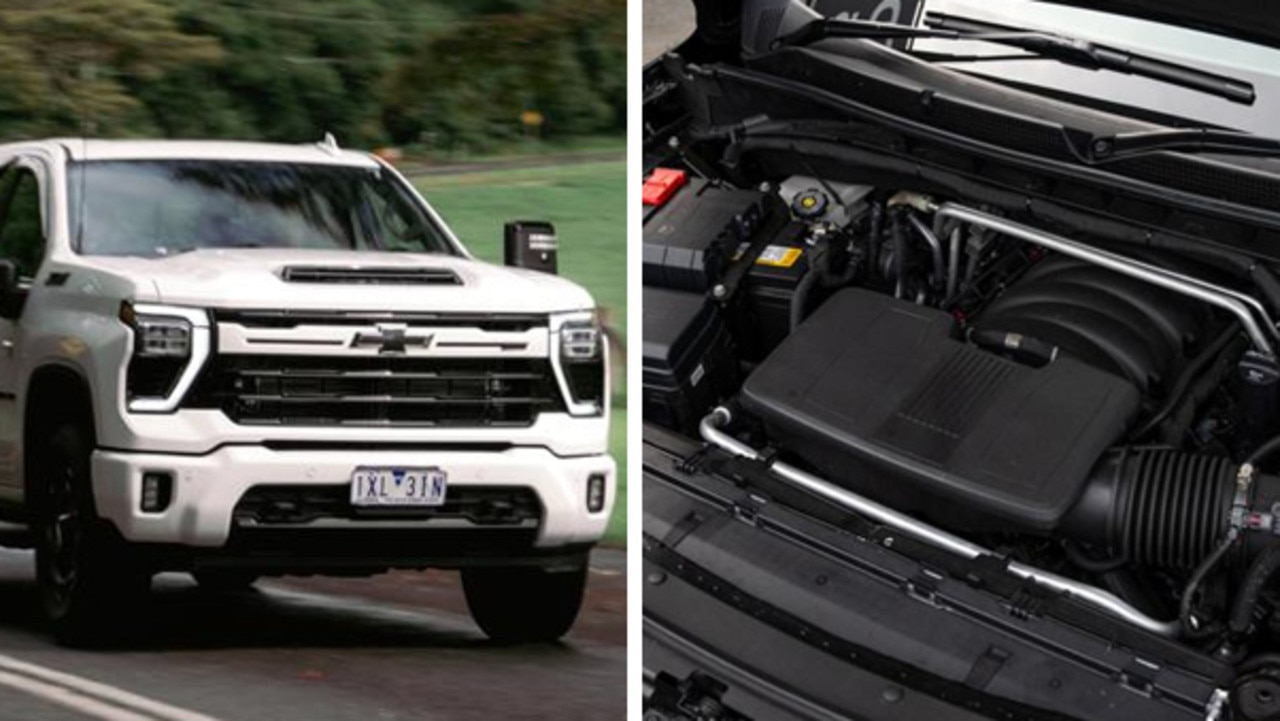Customer expectations will shape how EVs will look
Automobile designers are betting on inventing a future that does not harp on the past for the shape of battery-powered vehicles but there is little sense in creating a difference for its own sake.
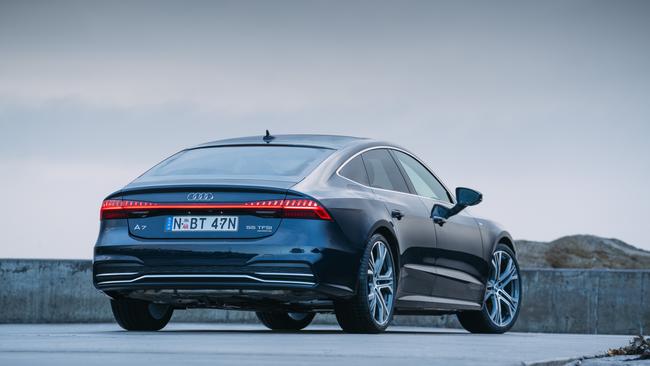
When the first electric vehicles began to roll out from major manufacturers – starting with the radically low-rise Jaguar I-Pace – there was much excitement among car designers that this might be an opportunity to reimagine the shape of what we drive.
Since then, most EVs have tended to look a lot like what we drove in the past, with few companies taking advantage of the extra space opened up in the engine bay to stretch or at least play with the passenger cell.
Today, though, some brands are looking to the past, albeit not in a predictable retro way, but to reinvent the electric future and find solutions to modern problems.
Alfa Romeo design director Alejandro Mesonero-Romanos is one such designer, revealing plans to revive the Italian brand’s so-called Coda Tronca or Kamm tail rear-end design.
Named for German aerodynamicist Wunibald Kamm, the Kamm tail (or Kammback) is a design concept that allows for reduced drag while also allowing for a more practical shape for a car, rather than a streamlined design with a teardrop rear.
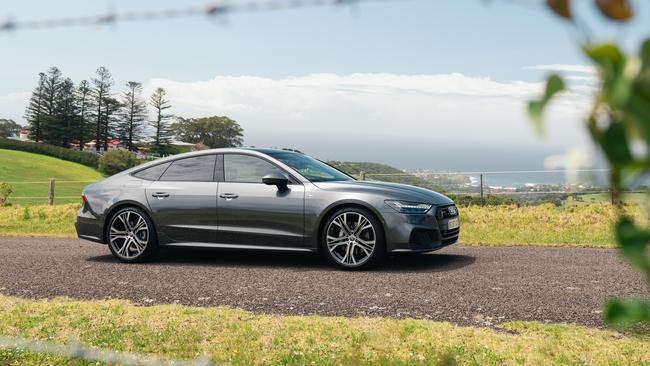
Famous examples of this design include the Audi A7 Sportback, which manages to combine a sleek shape with an angular rear, or the classic Ferrari 250 GTO, Aston Martin DB6, Citroen SM and, more recently, the huge-selling Toyota Prius.
Alfa Romeo has a particular history with the Kamm tail, so much so it has its own name for it, Coda Tronca. The name means “cut-off tail” which, legend has it, was how Alfa Romeo’s designers came up with the original design, by stopping on the side of the highway to hastily modify the rear of a test vehicle and suddenly discovering the car was capable of going much faster.
The 1962 Giulietta Sprint Zagato was the first Alfa Romeo to have the design but it was later used on mainstream models such as the Alfetta and Alfasud.
Mesonero-Romanos is set to bring it back in 2024 with the brand’s new small SUV model, and says it could become a new design theme for the brand as it moves to an all-electric range.
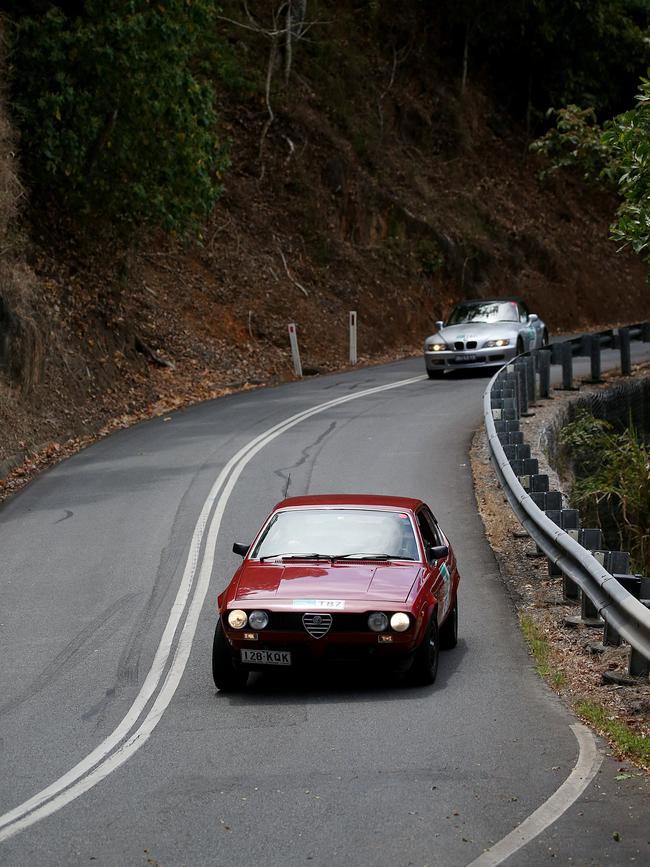
“We will be using Coda Tronca in the future,” Mesonero-Romanos says.
“The first car will be the B-SUV, it will have a Coda Tronca, because it’s beautiful and when we took it to the wind tunnel, it (demonstrated) fantastic results to the point that you would even wonder yourself why Alfa Romeo ever abandoned it, because it’s our DNA.”
Despite the flexibility offered by electric vehicles, with small electric motors, less need for air-intakes for cooling and flat floors that open up more cabin space, Mesonero-Romanos believes it is important for designers not to stray too far from customer expectations.
To that end, he rules out following the example of BMW and other luxury car brands and designing an exaggerated version of Alfa Romeo’s famous scudetto grille. Given the translation of scudetto means “little shield”, making it large would be illogical, and not in the spirit of the brand, the designer says.
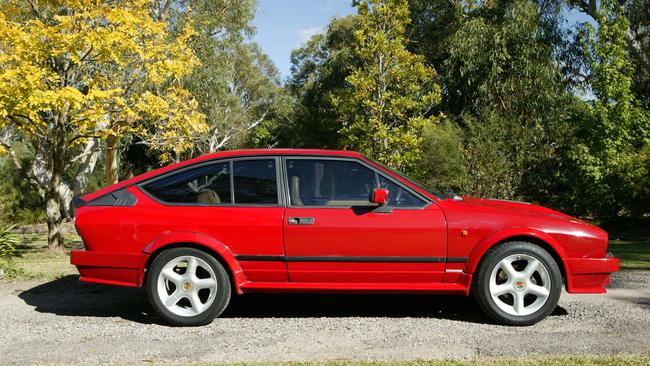
“The scudetto is something that is unique and has always been unique since it started to be applied in the ’30s, so this is something (that) will remain,” Mesonero-Romanos says. “I don’t know if I’m right or not, but a little criticism with some of the grilles with the Germans – but also not Germans – we are getting into kind of a race to see who is bigger. We are not doing that.”
“The scudetto you can almost do the opposite, something beautiful and small. Don’t expect I’m going to do a caricature of a huge scudetto with a number plate inside, it’s not going to happen.”
As electric cars become more common, Mesonero-Romanos believes the time is right for car brands to focus on designing vehicles that are simply good looking rather than those that deliberately stand out as being electric models.
“Some years ago some brands, I think BMW, were signifying the electric vehicles by a design language that was specific for electric cars,” he says. “I think this was a marketing exercise to say ‘Hey, I’m electric, I’m different from the others, buy me.’
“It was OK five years ago, it’s not fine now. Why? First of all, in the end it’s fake … Secondly, all the cars in the future will be electric, so if you want to differentiate yourself by being electric then it doesn’t make sense.”

